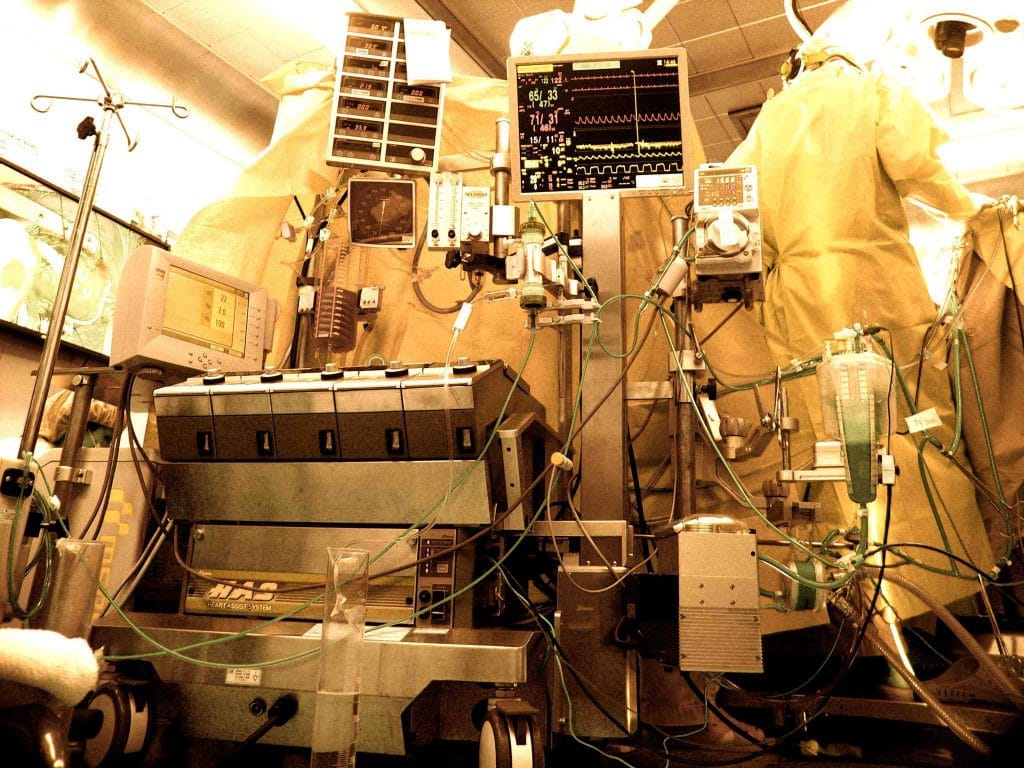Impact of Brain Protection Strategies on Mortality and Stroke in Patients Undergoing Aortic Arch Repair with Hypothermic Circulatory Arrest: Evidence from The Canadian Thoracic Aortic Collaborative

Objectives
The aim of this study was to investigate the impact of various brain perfusion techniques and nadir temperature cooling strategies on outcomes after aortic arch repair in a contemporary, multicentre cohort.
Methods
A total of 2520 patients underwent aortic arch repair with hypothermic circulatory arrest (HCA) between 2002 and 2018 in 11 centres of the Canadian Thoracic Aortic Collaborative. Primary outcomes included mortality; stroke; a composite of mortality or stroke; and a Society of Thoracic Surgeons-defined composite (STS-COMP) end point for mortality or major morbidity including stroke, reoperation, renal failure, prolonged ventilation and deep sternal wound infection. Multivariable logistic regression and propensity score matching were performed for cerebral perfusion and nadir temperature practices.
Results
Antegrade cerebral perfusion was found on multivariable analysis to be protective against mortality [odds ratio (OR) 0.64, 95% confidence interval (CI) 0.48–0.86; P = 0.005], stroke (OR 0.55, 95% CI 0.37–0.81; P = 0.006), composite of mortality or stroke (OR 0.57, 95% CI 0.45–0.72; P = 0.0001) and STS-COMP (OR 0.53, 95% CI 0.41–0.67; P < 0.0001), as compared to HCA alone. Retrograde cerebral perfusion yielded similar outcomes as compared to antegrade cerebral perfusion. When compared to HCA with nadir temperature <24°C, a propensity score analysis of 647 matched pairs identified nadir temperature ≥24°C as predictor of lower mortality (OR 0.62, 95% CI 0.40–0.98; P = 0.04), stroke (OR 0.51, 95% CI 0.31–0.84; P = 0.008), composite of mortality or stroke (OR 0.62, 95% CI 0.43–0.89; P = 0.01) and STS-COMP (OR 0.64, 95% CI 0.49–0.85; P = 0.002).
Conclusions
Antegrade cerebral perfusion and nadir temperature ≥24°C during HCA for aortic arch repair are predictors of improved survival and neurological outcomes.
